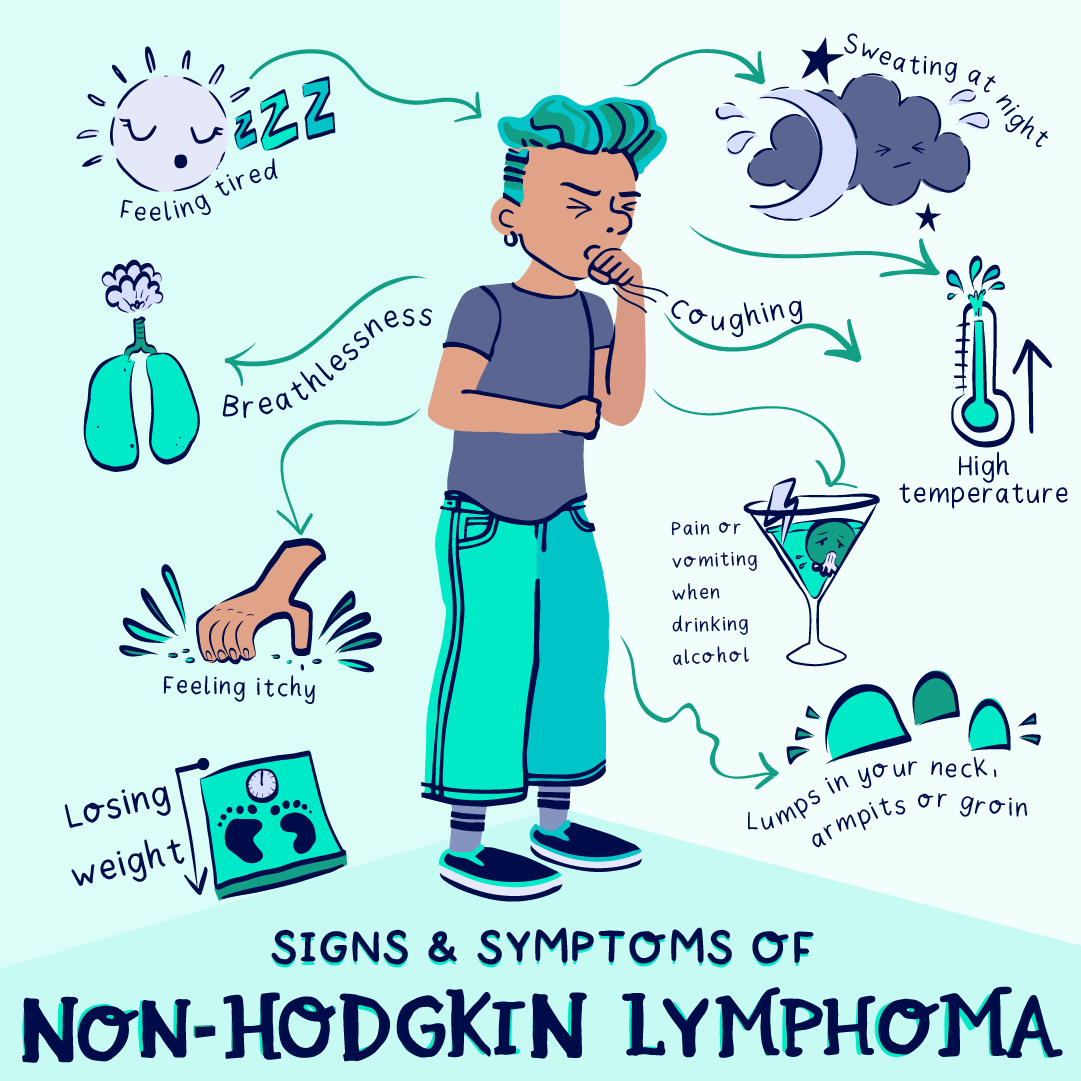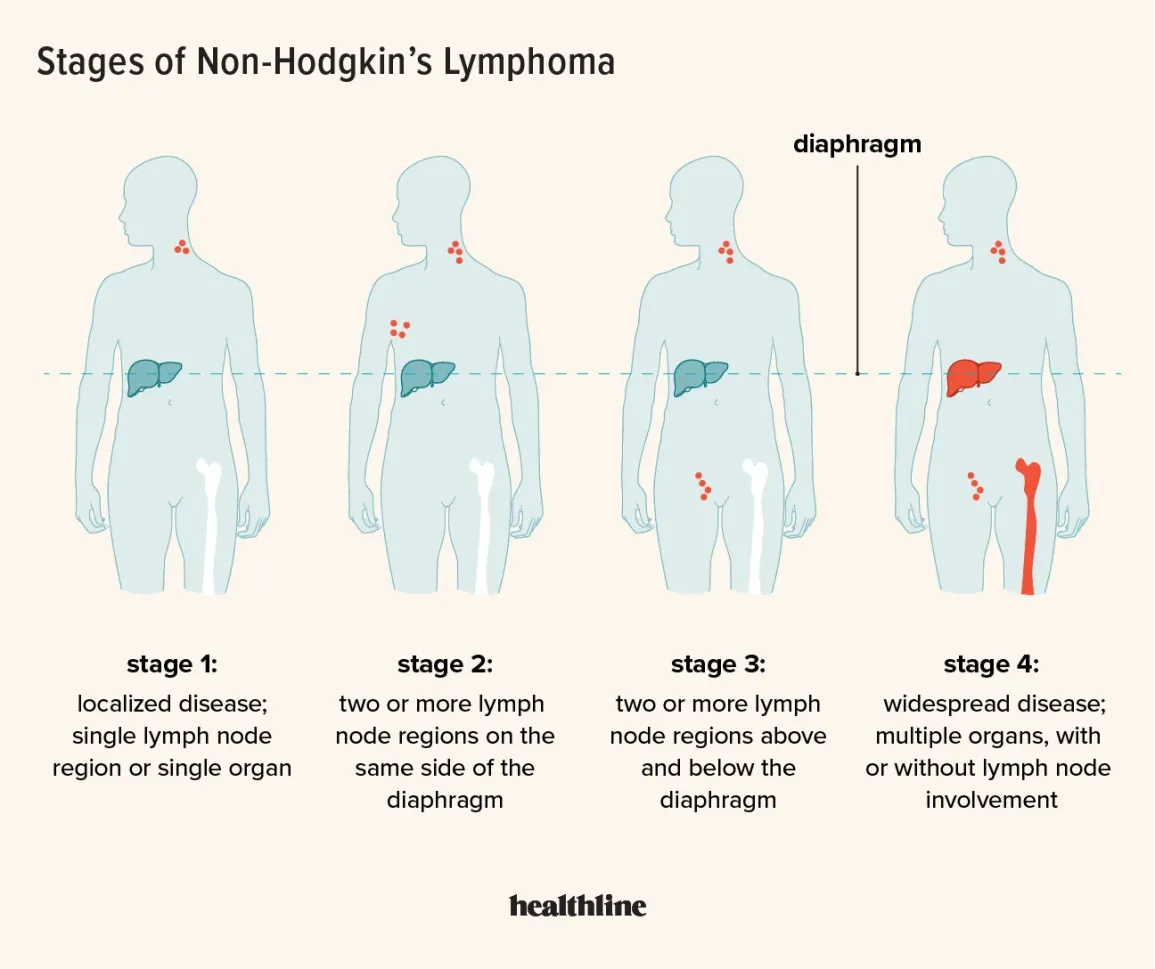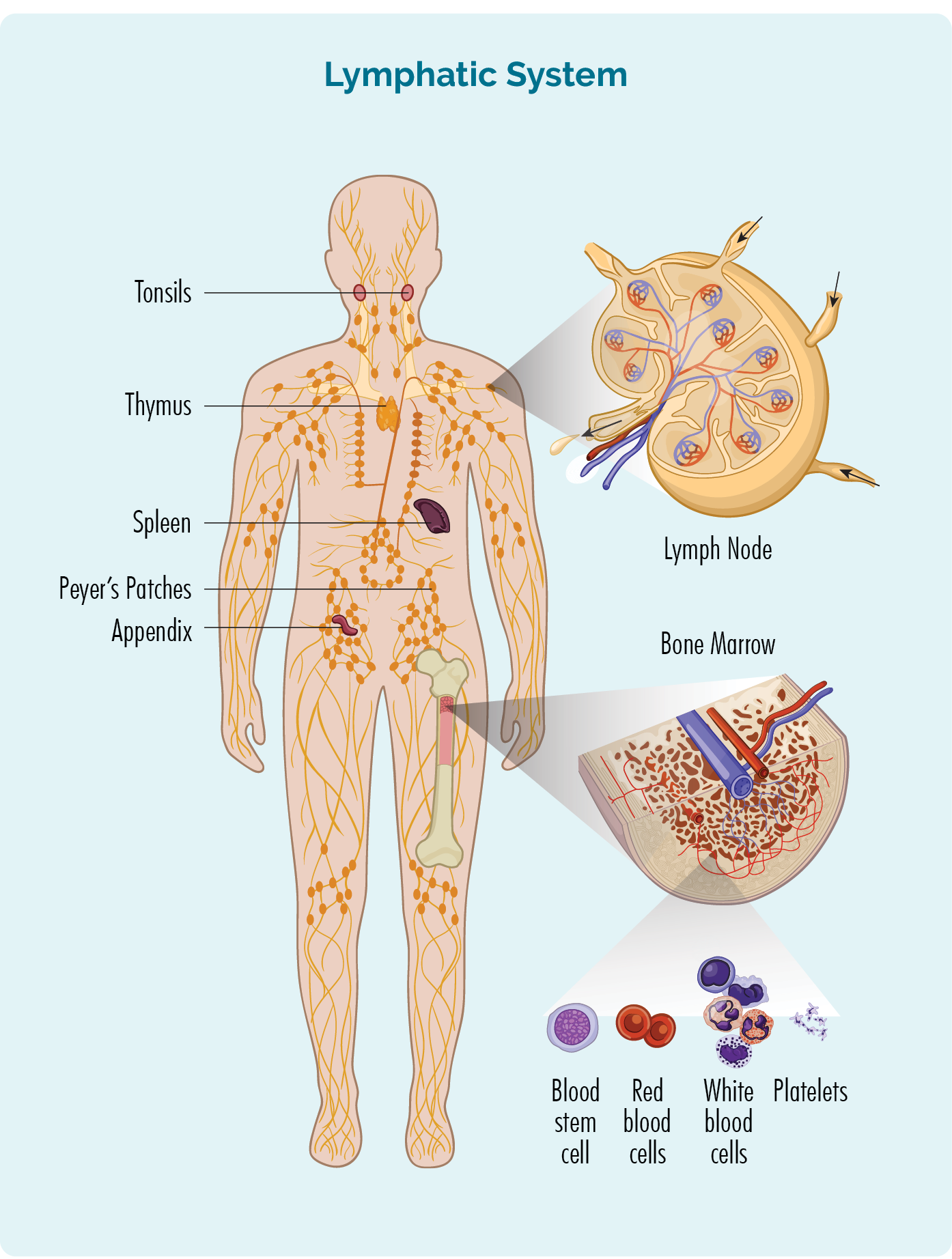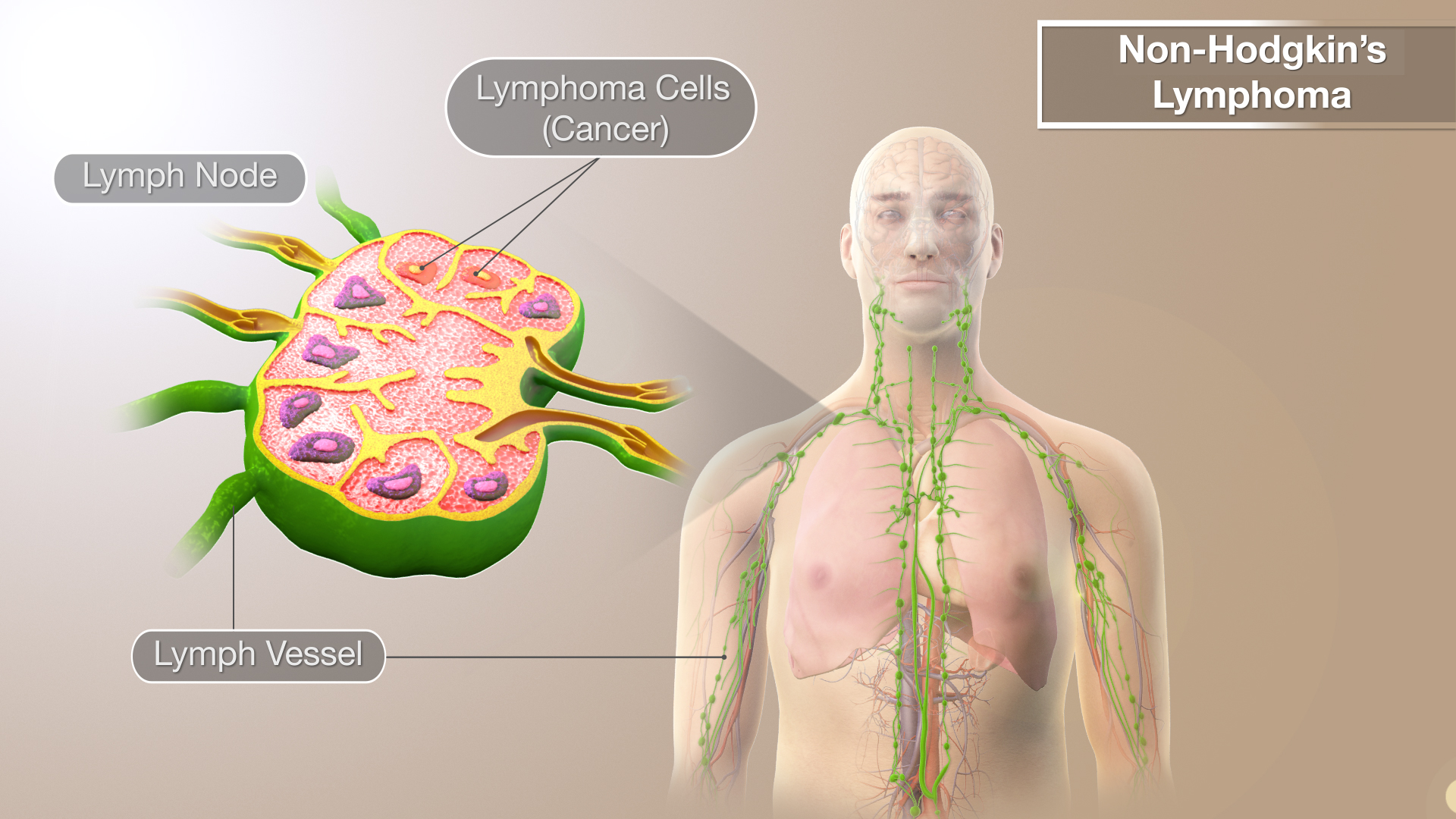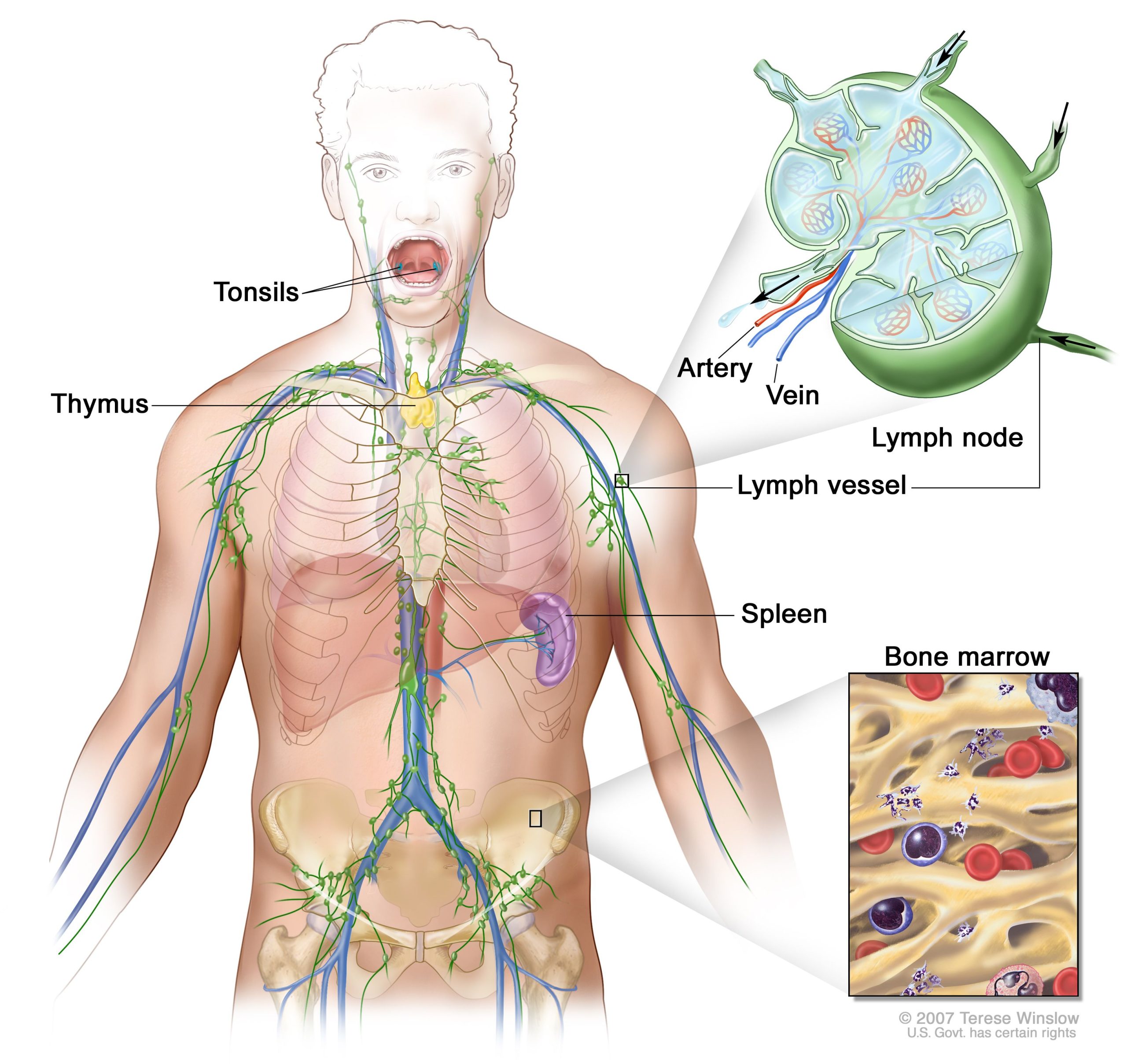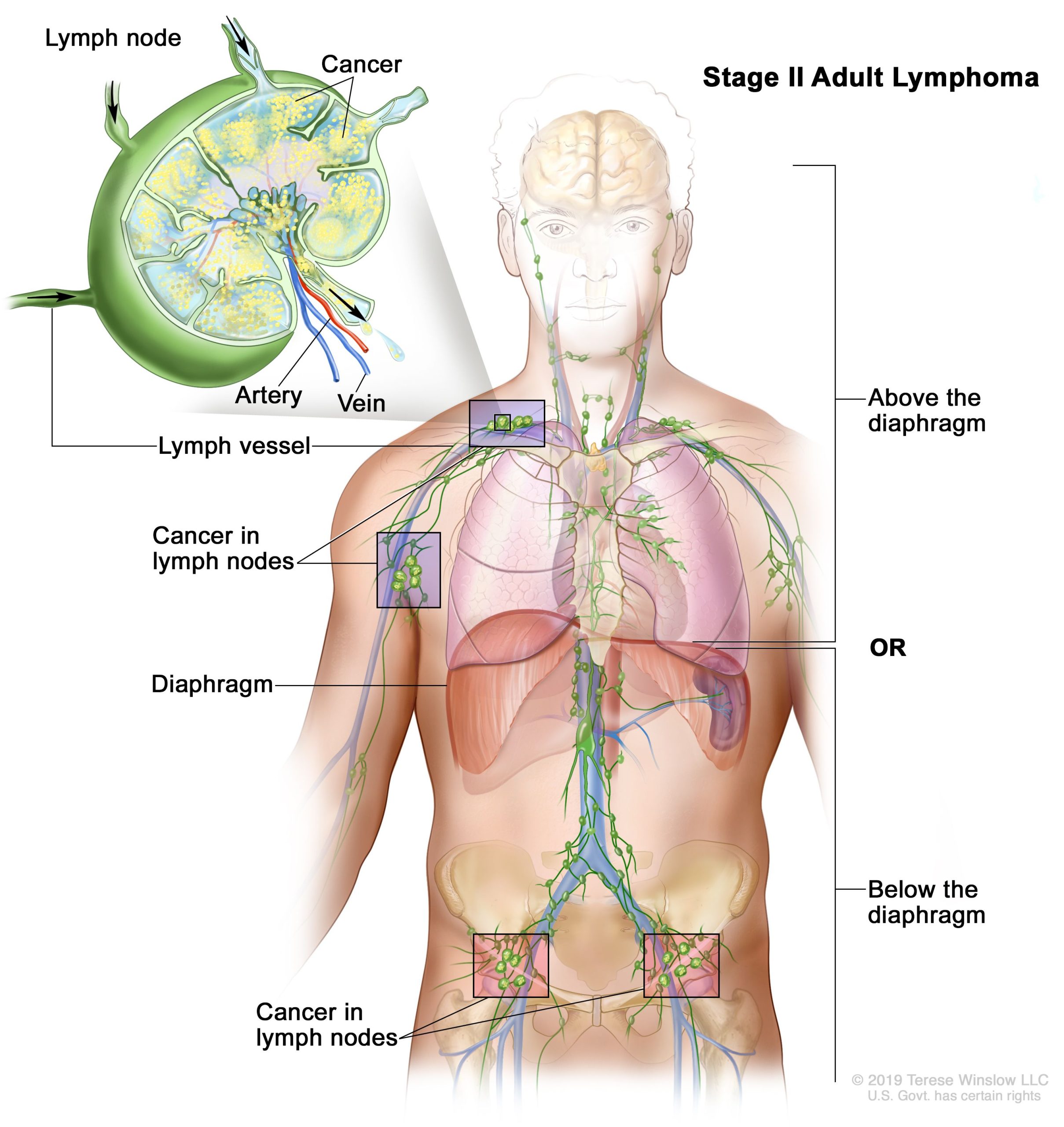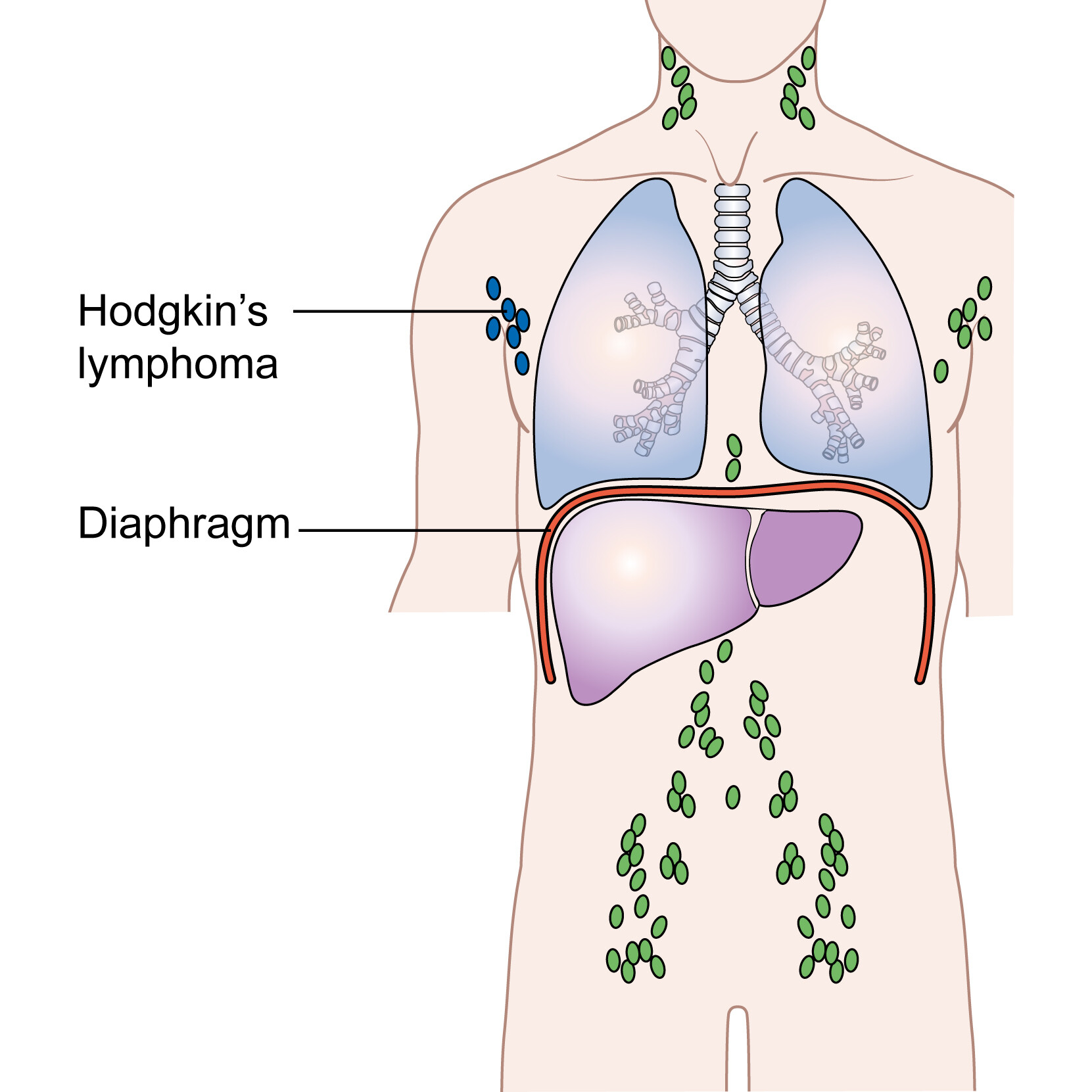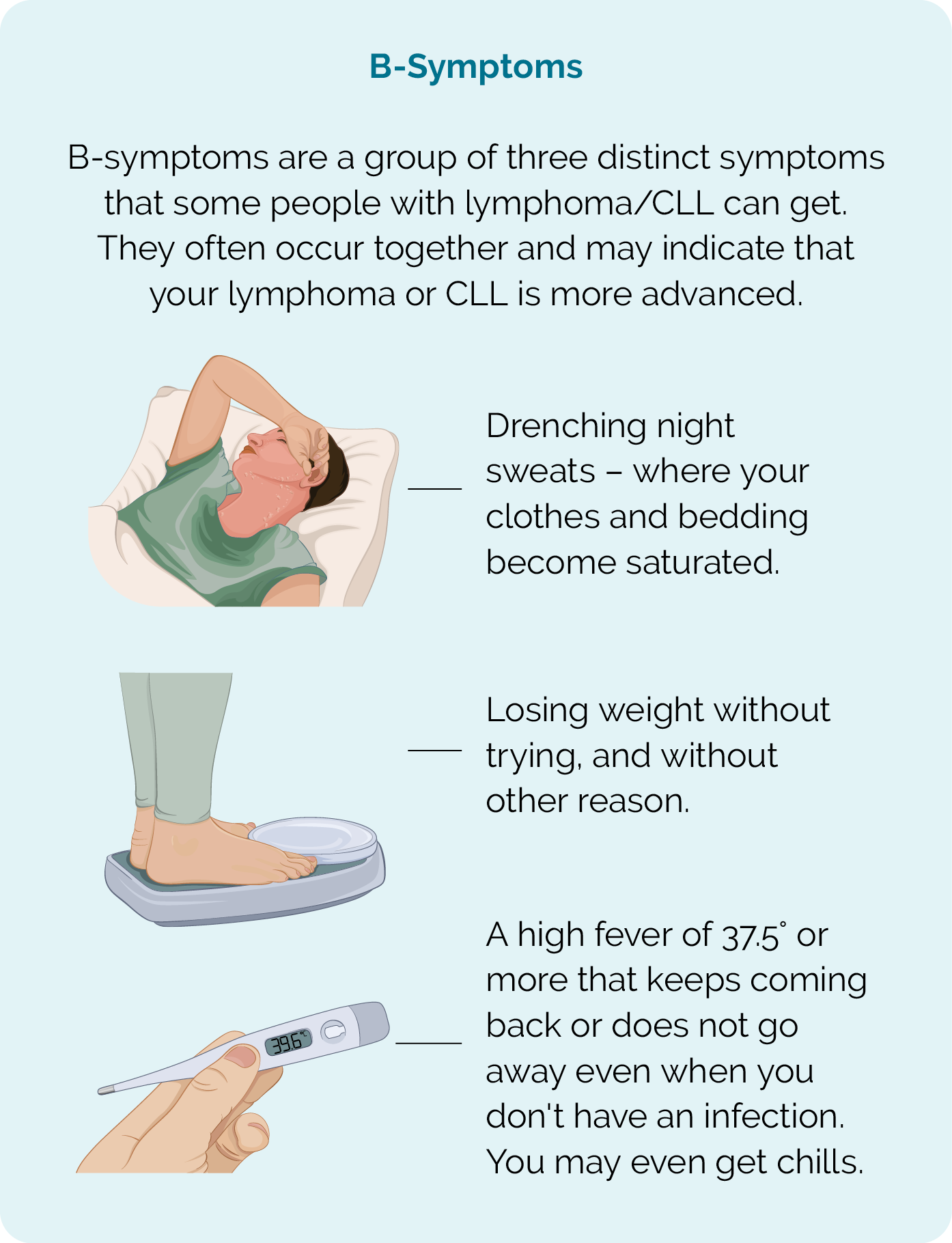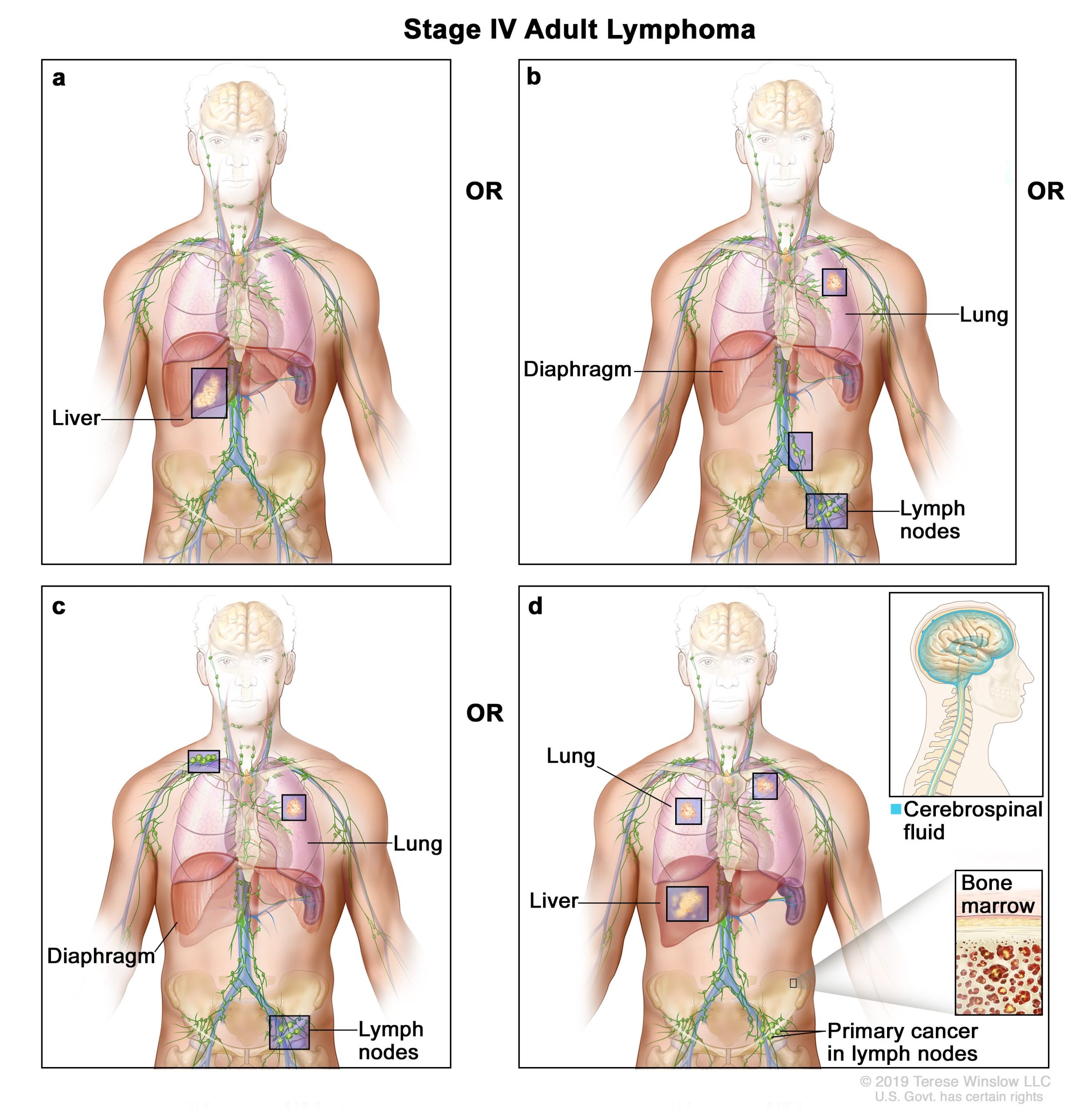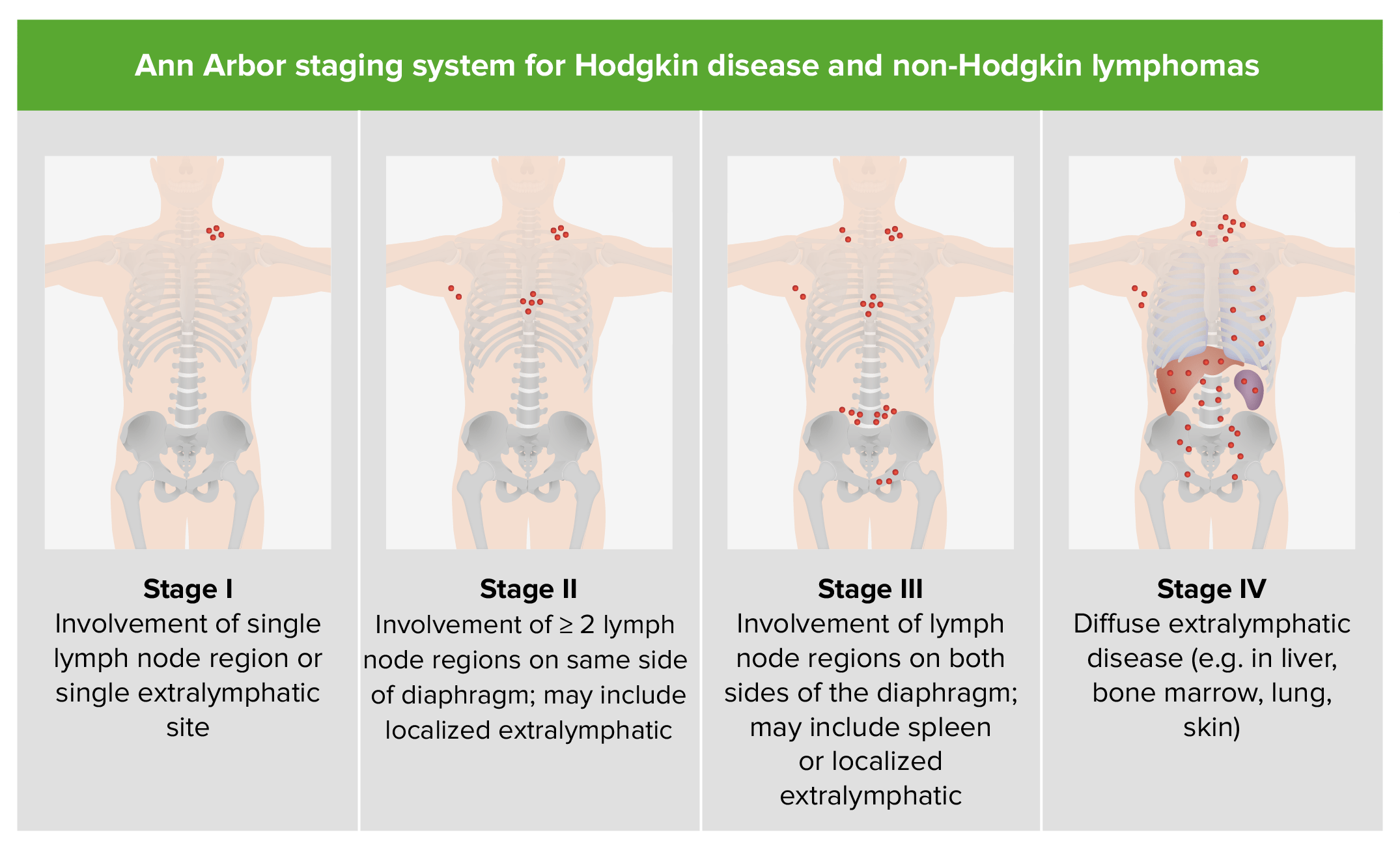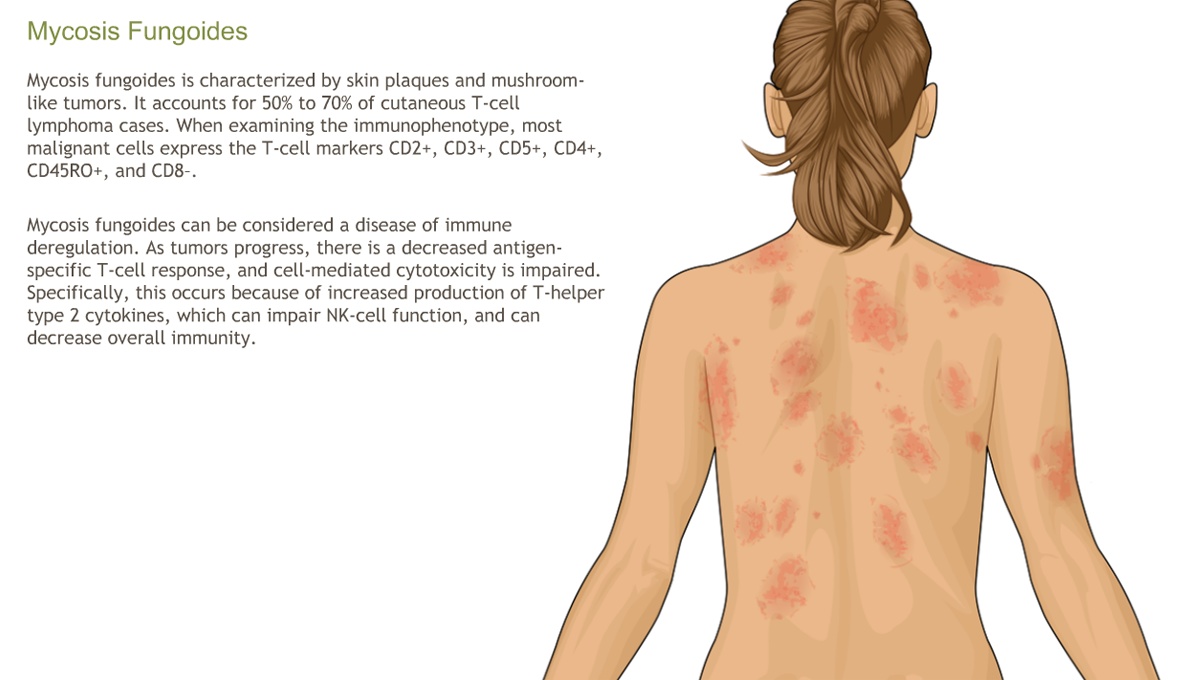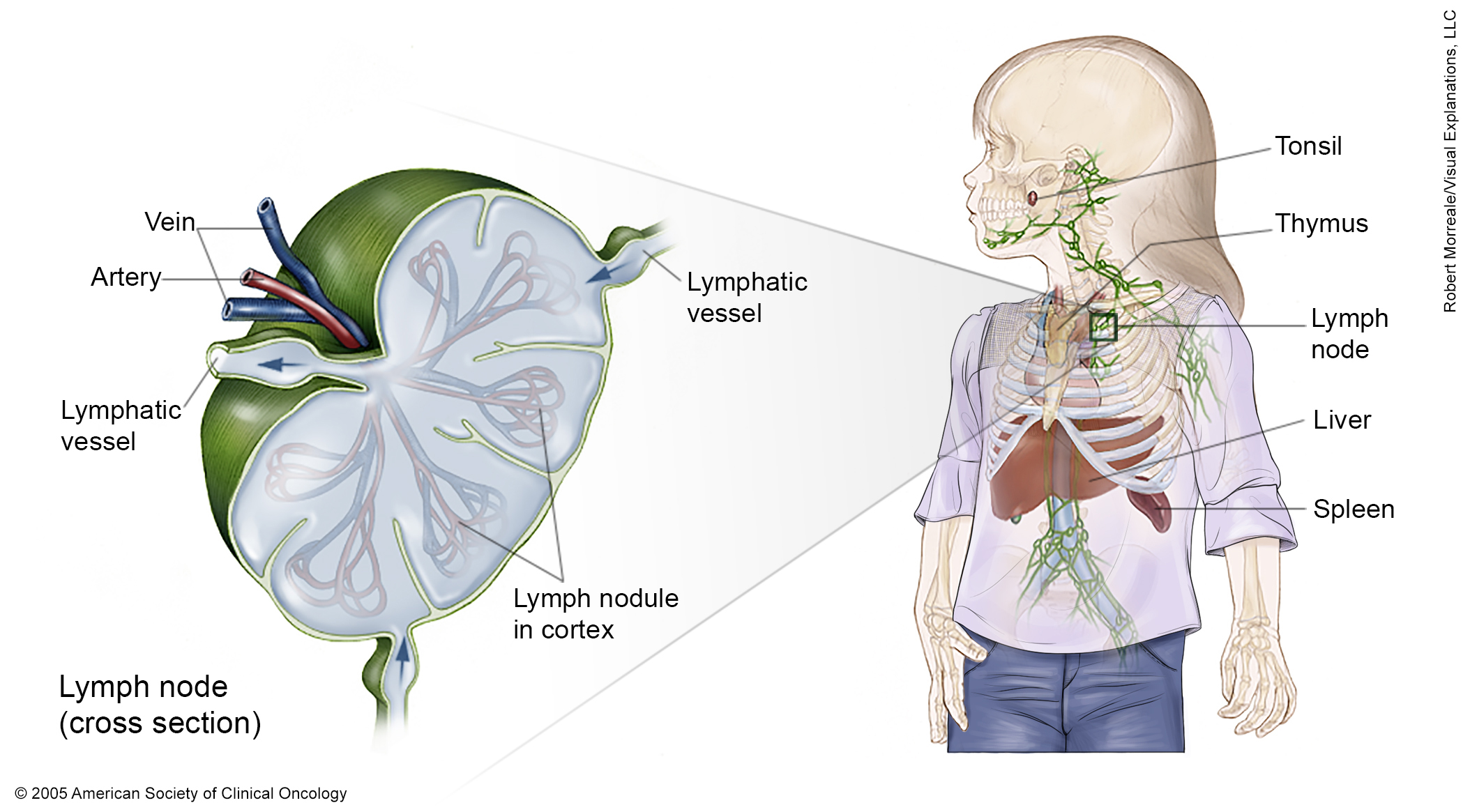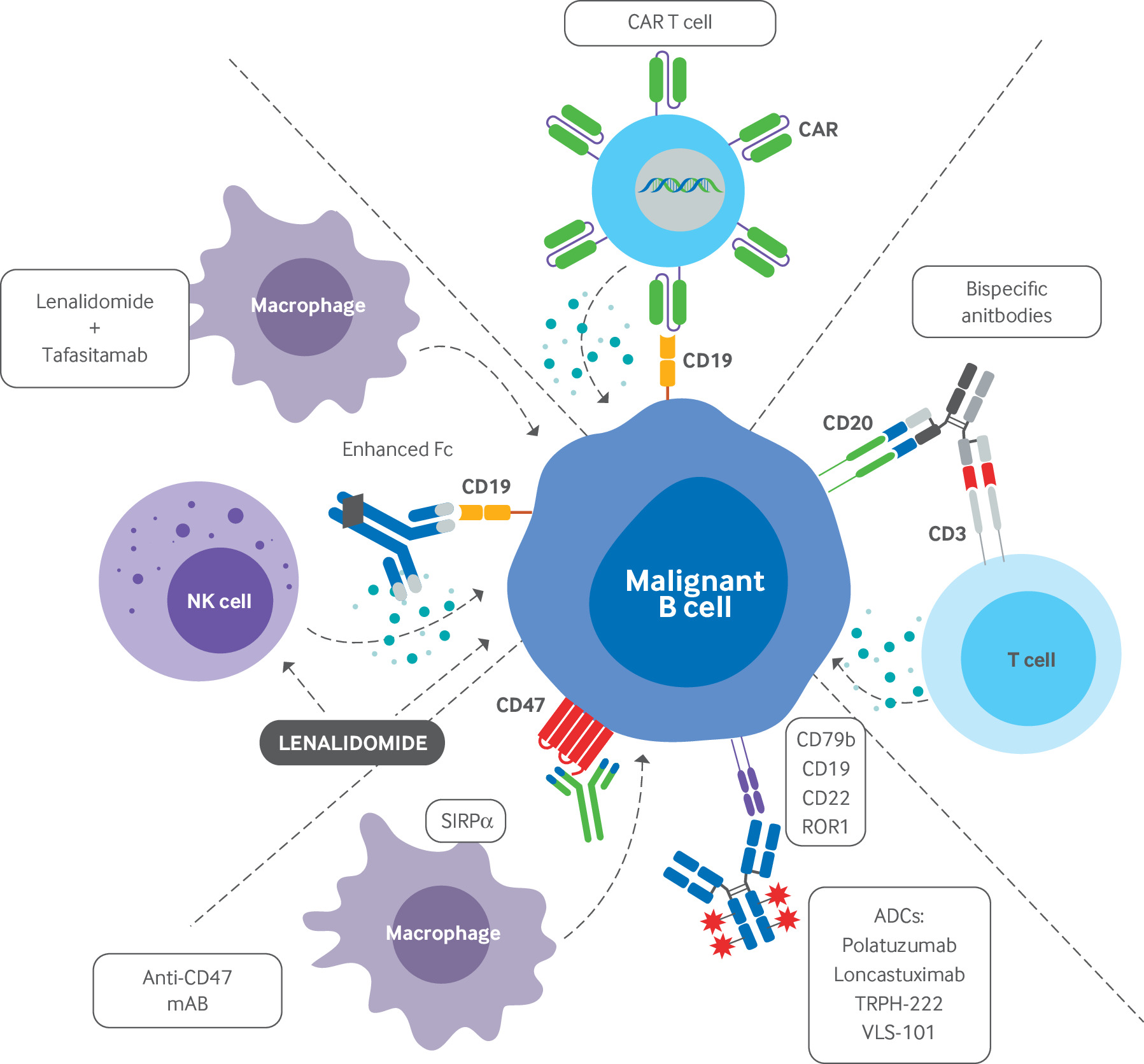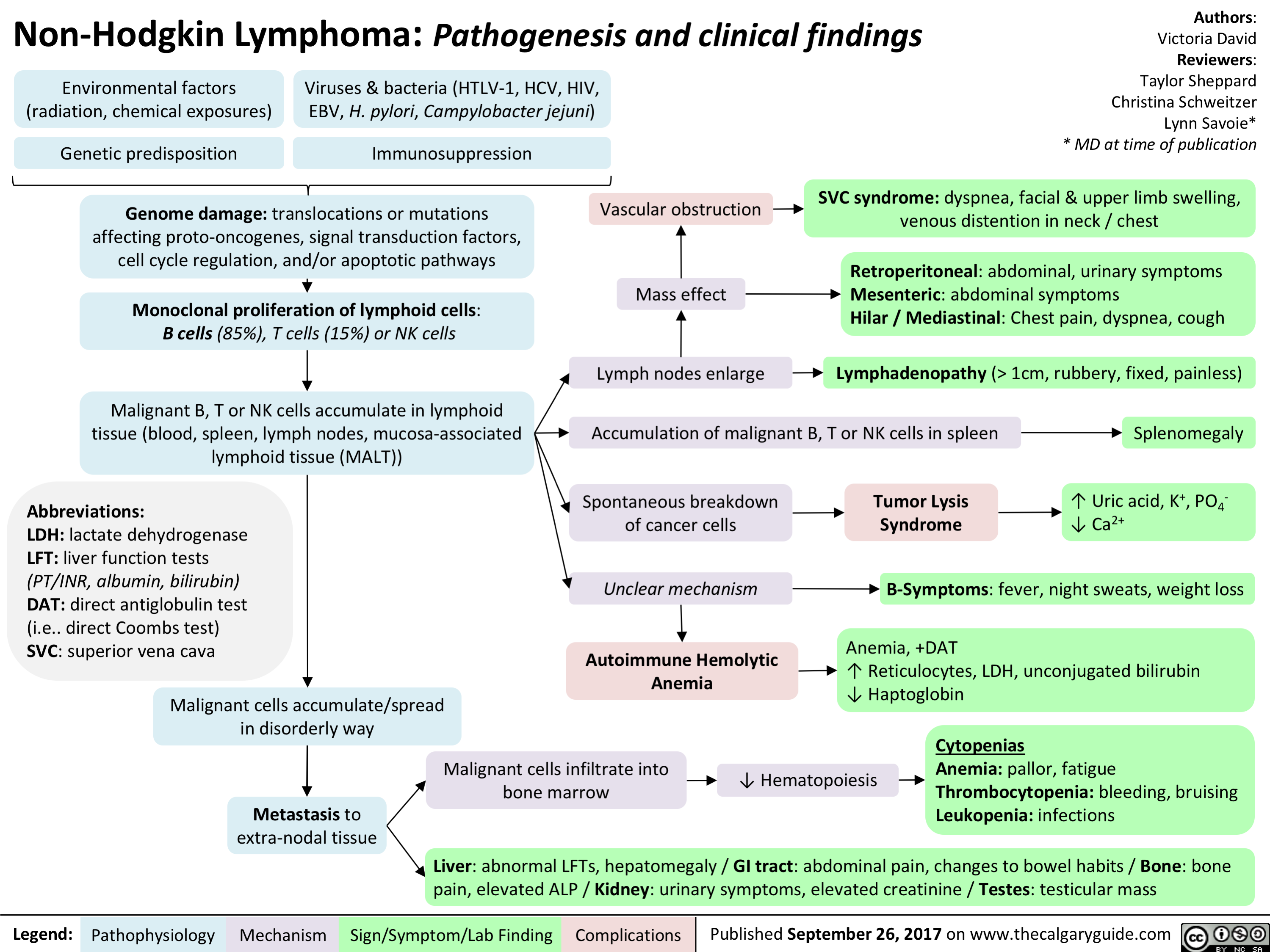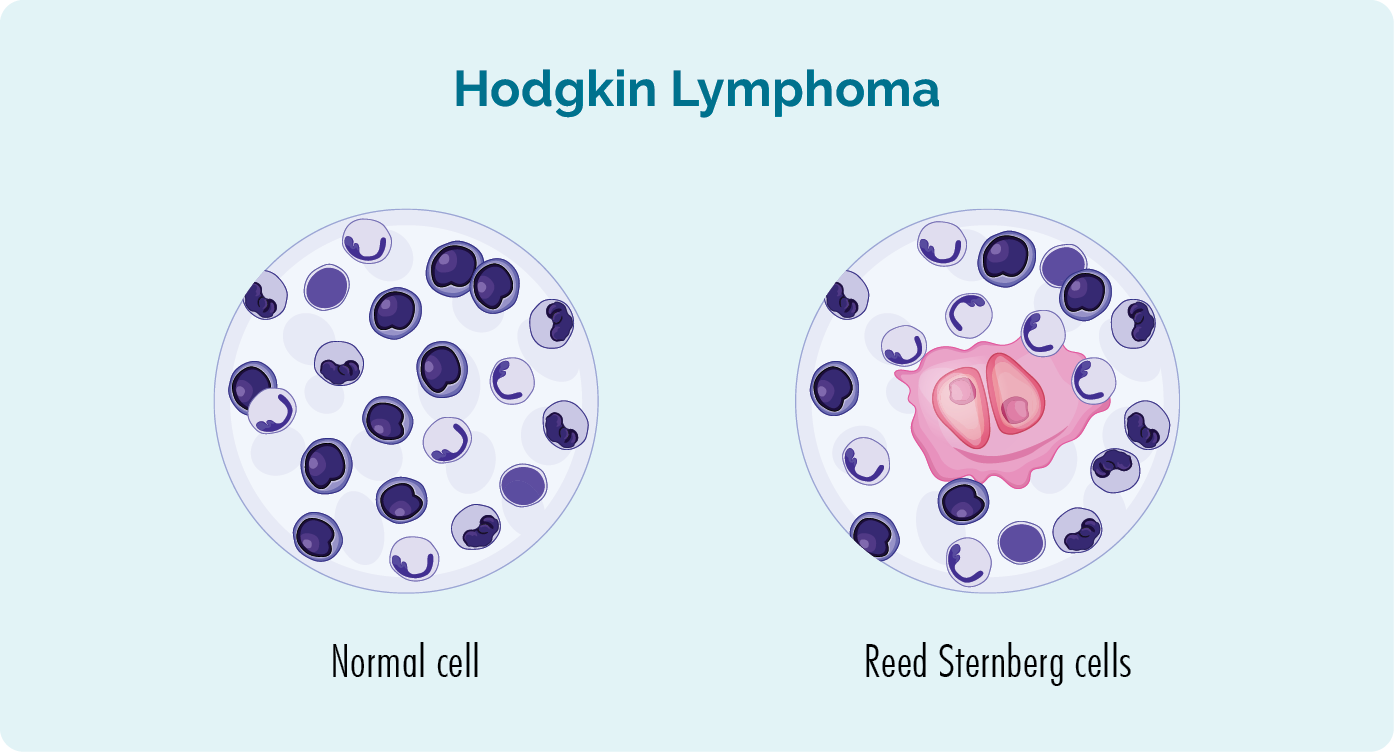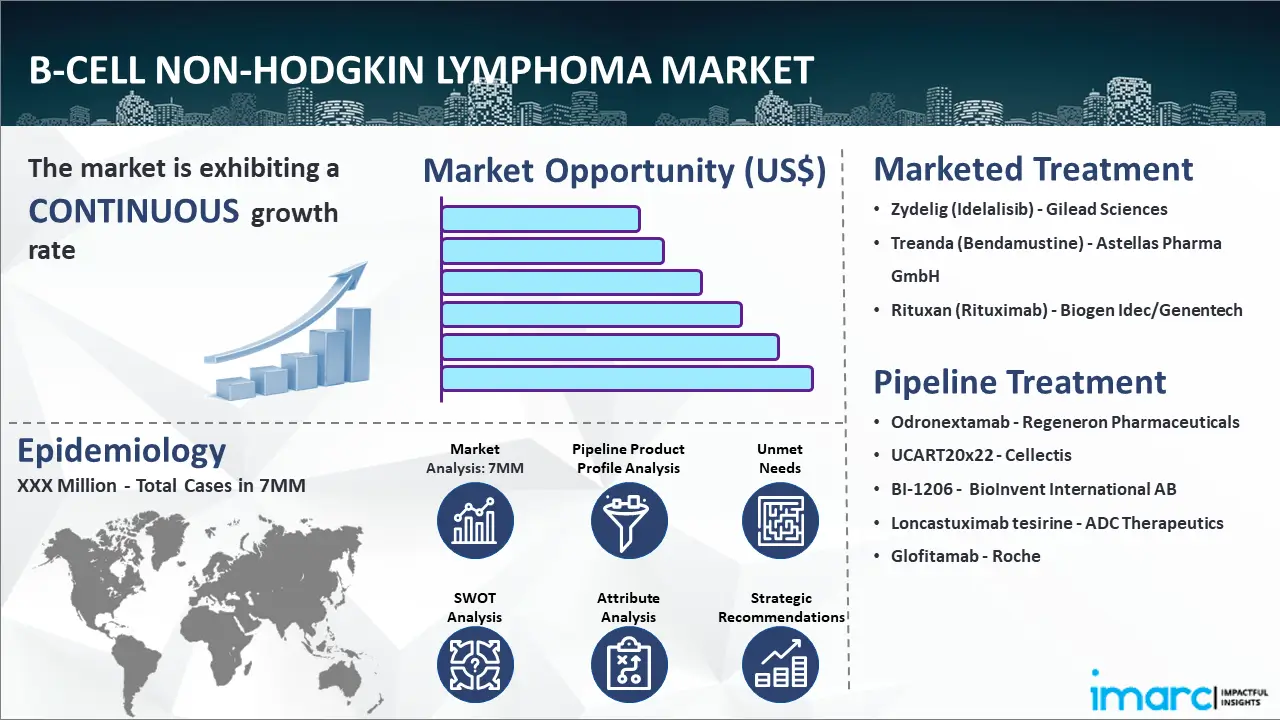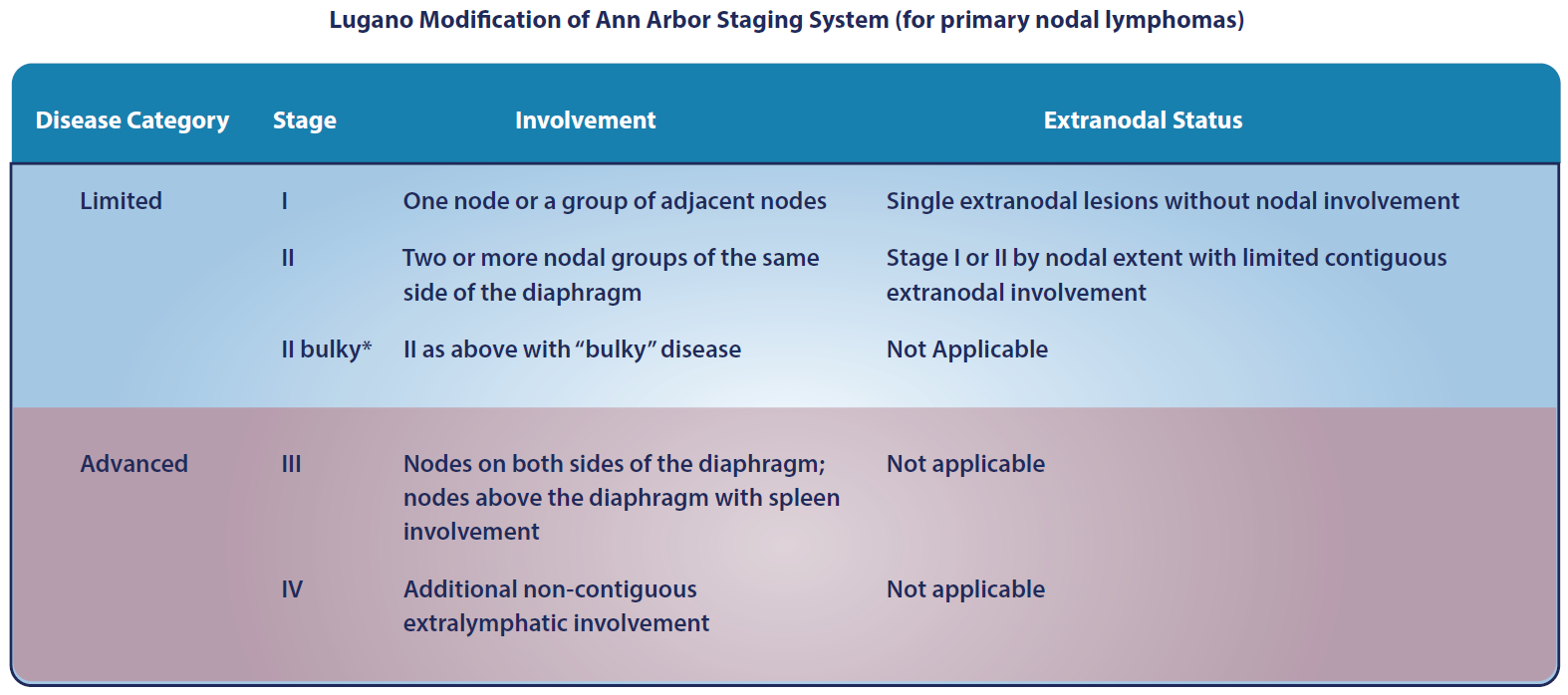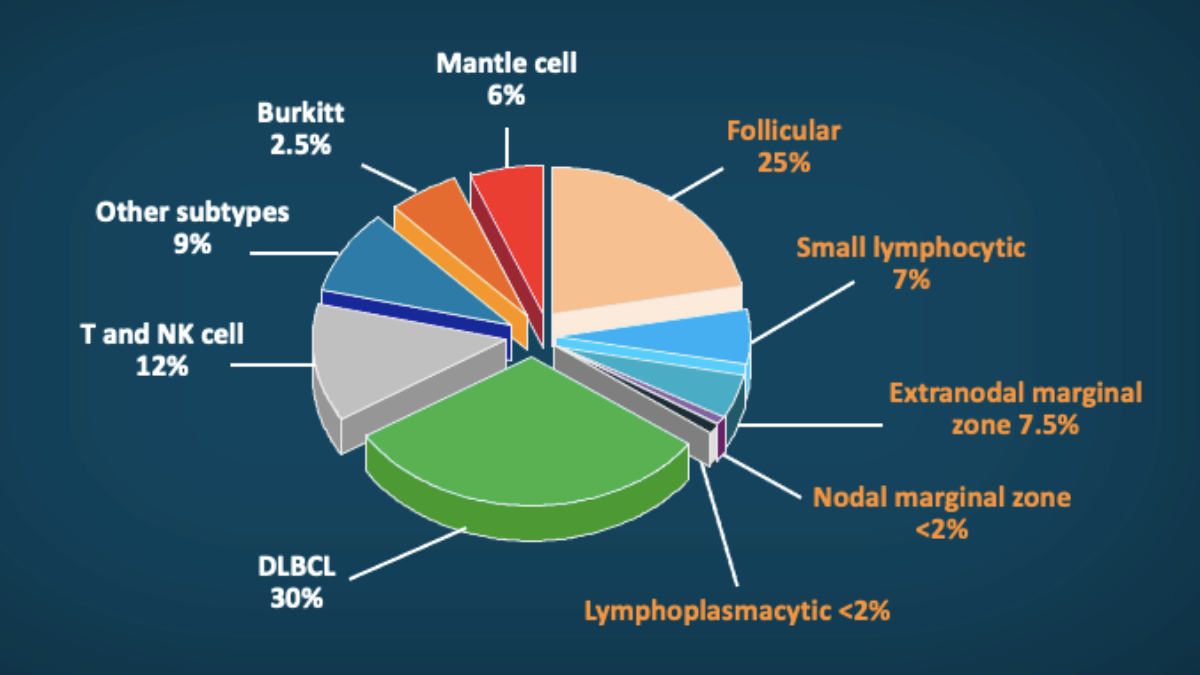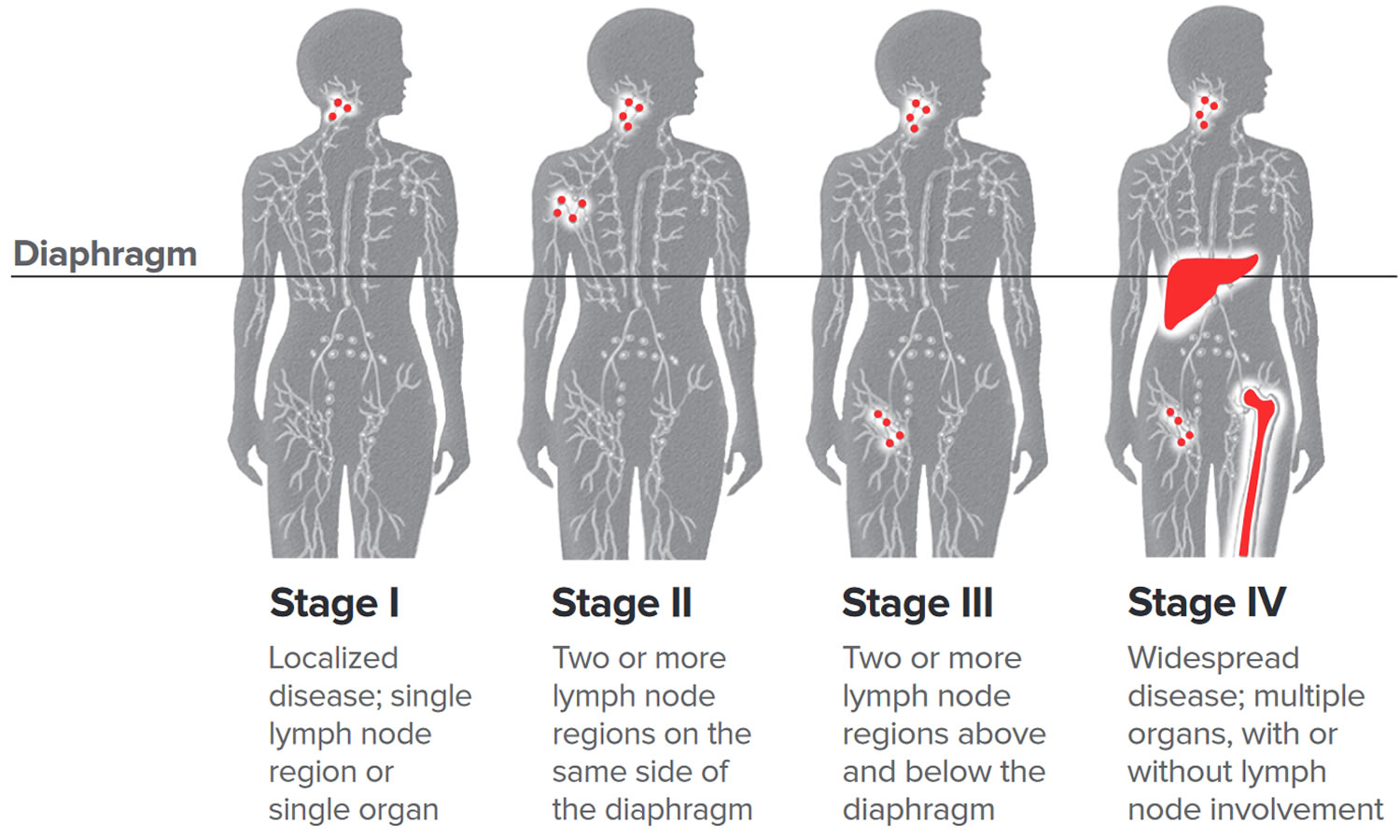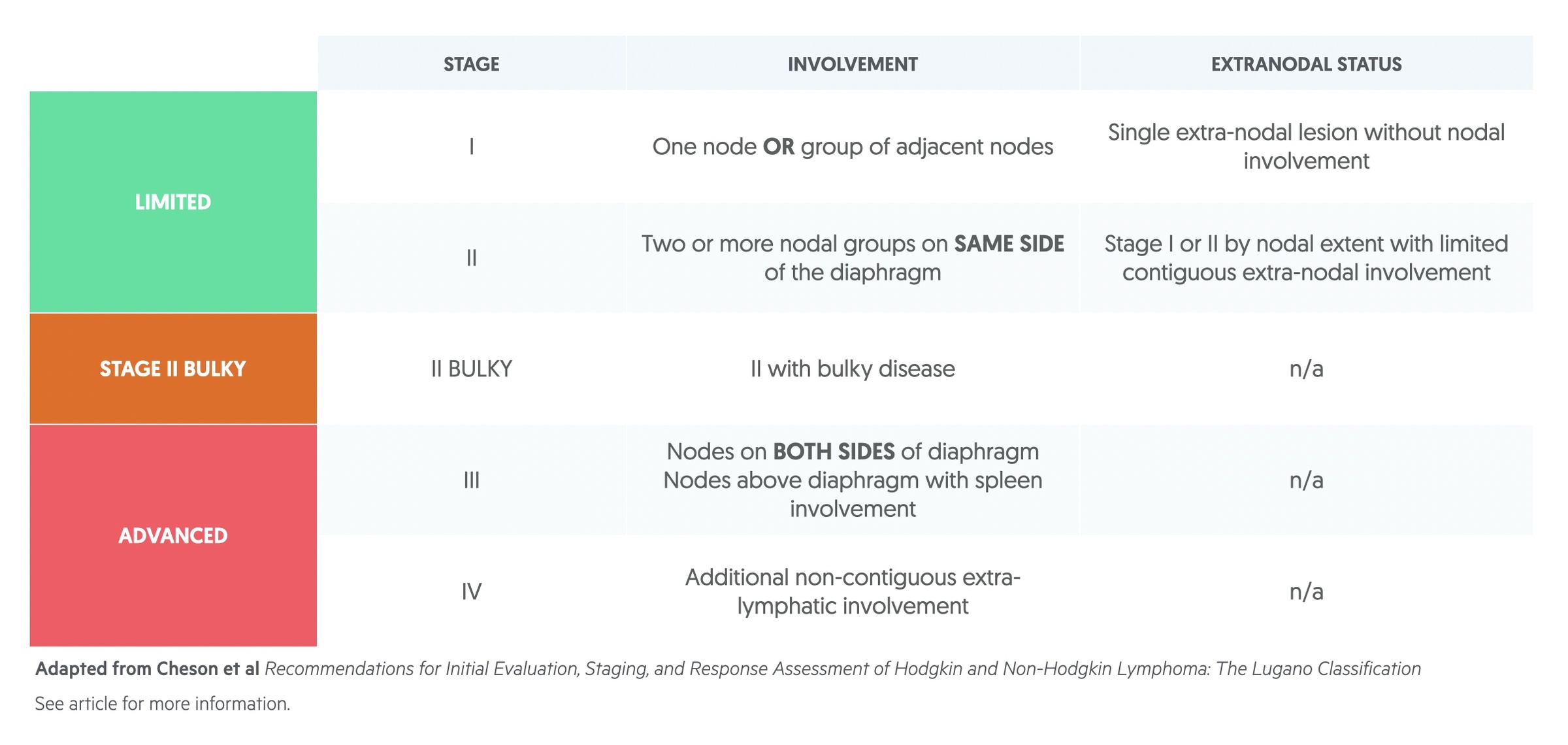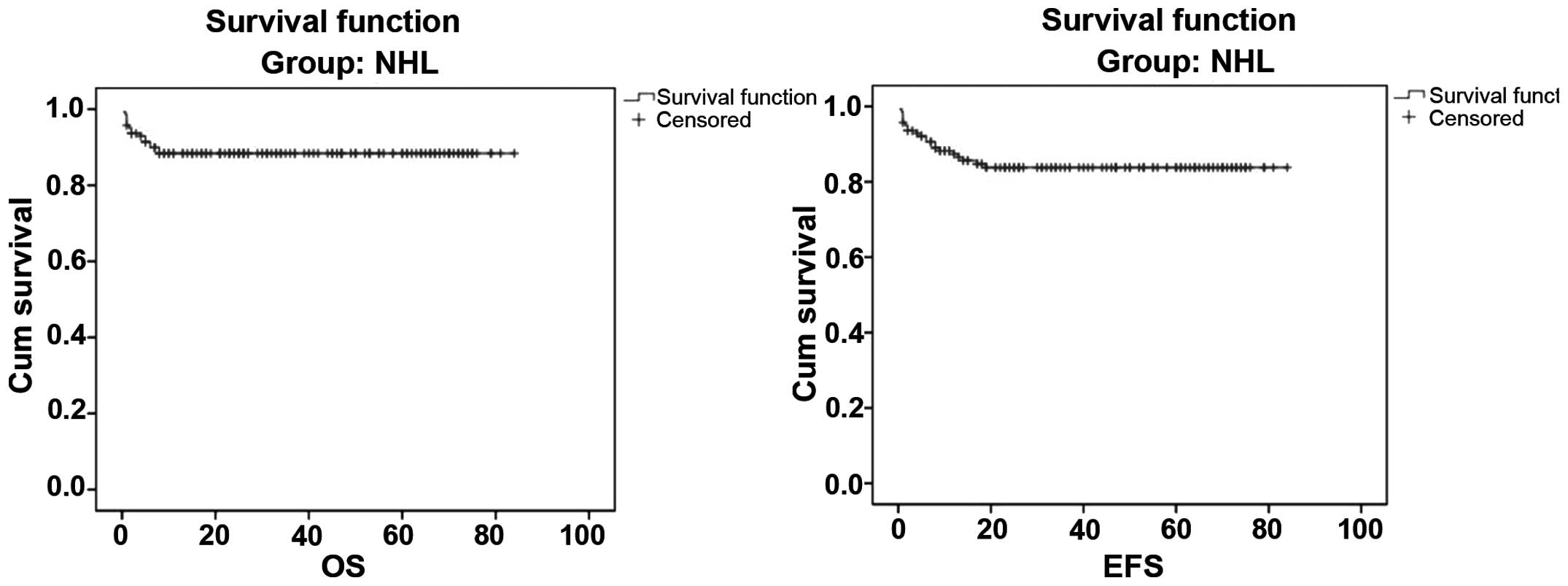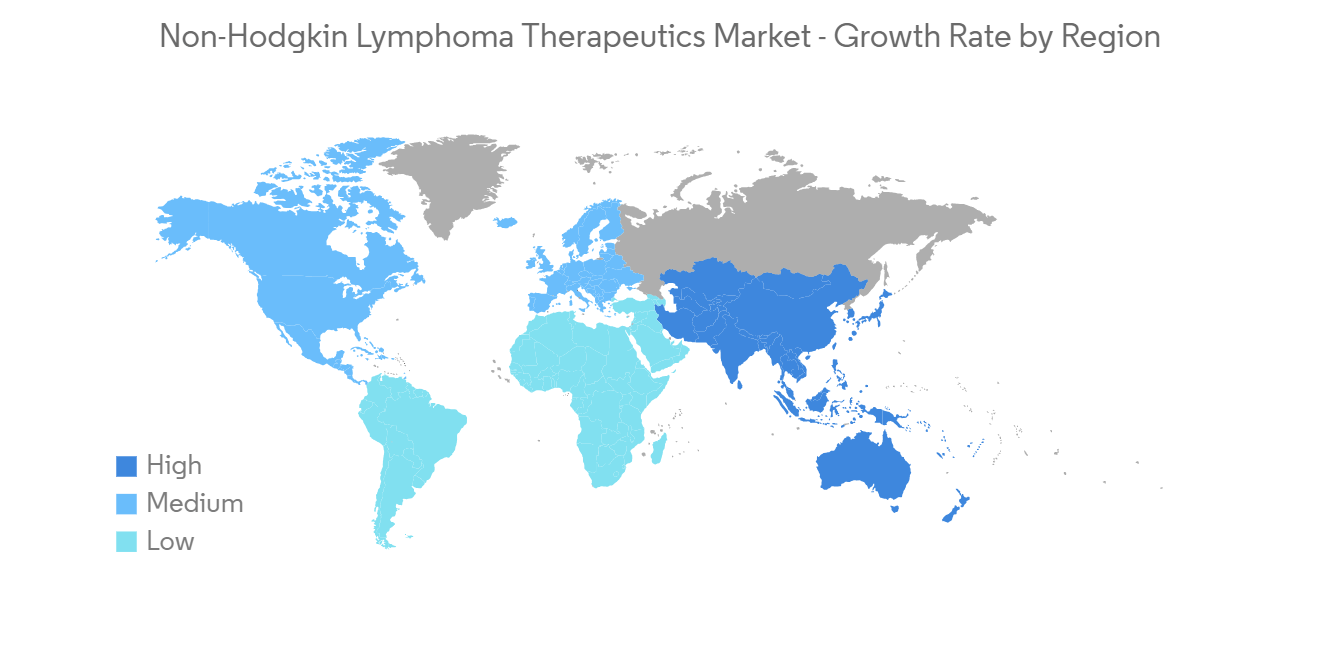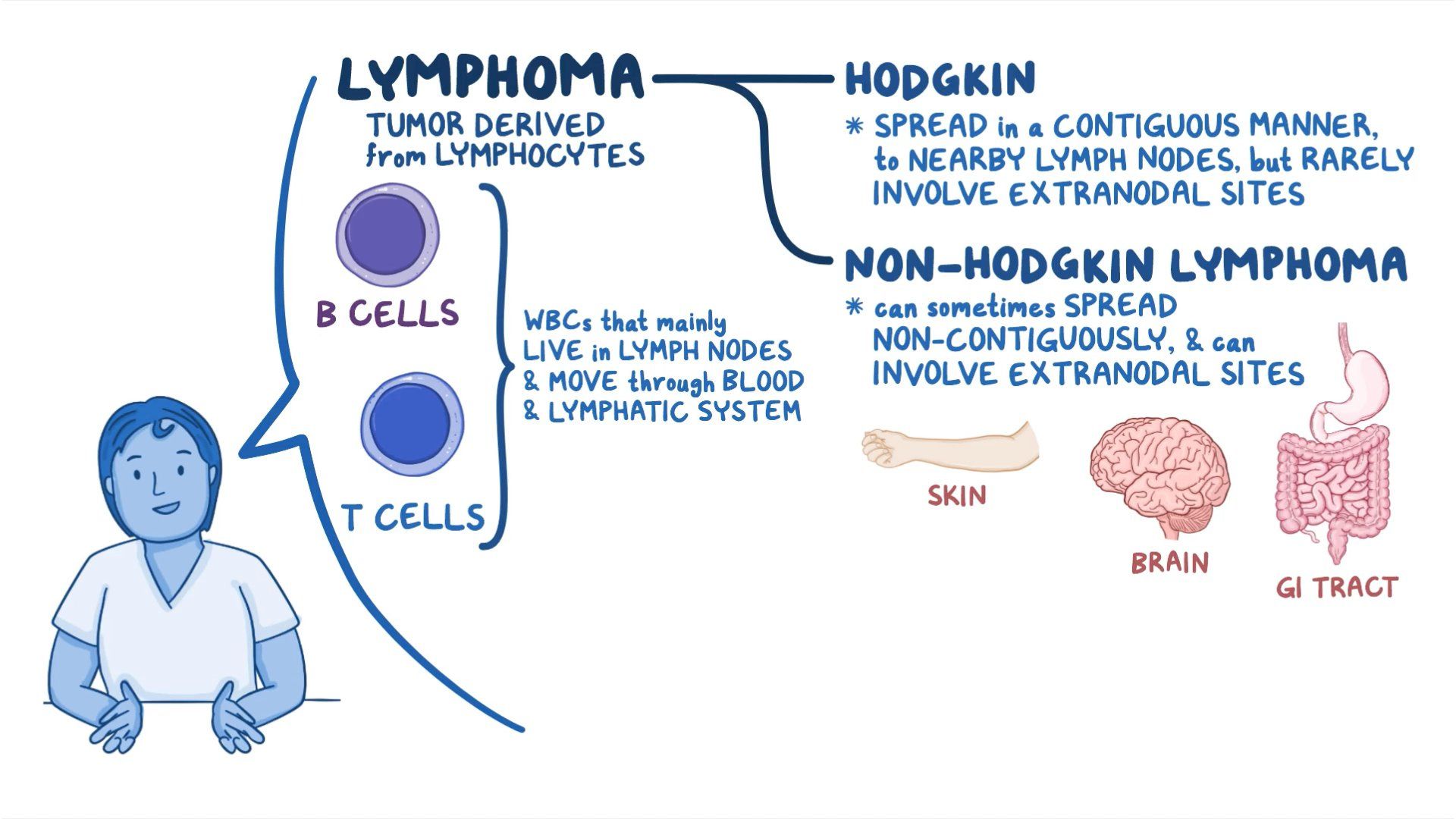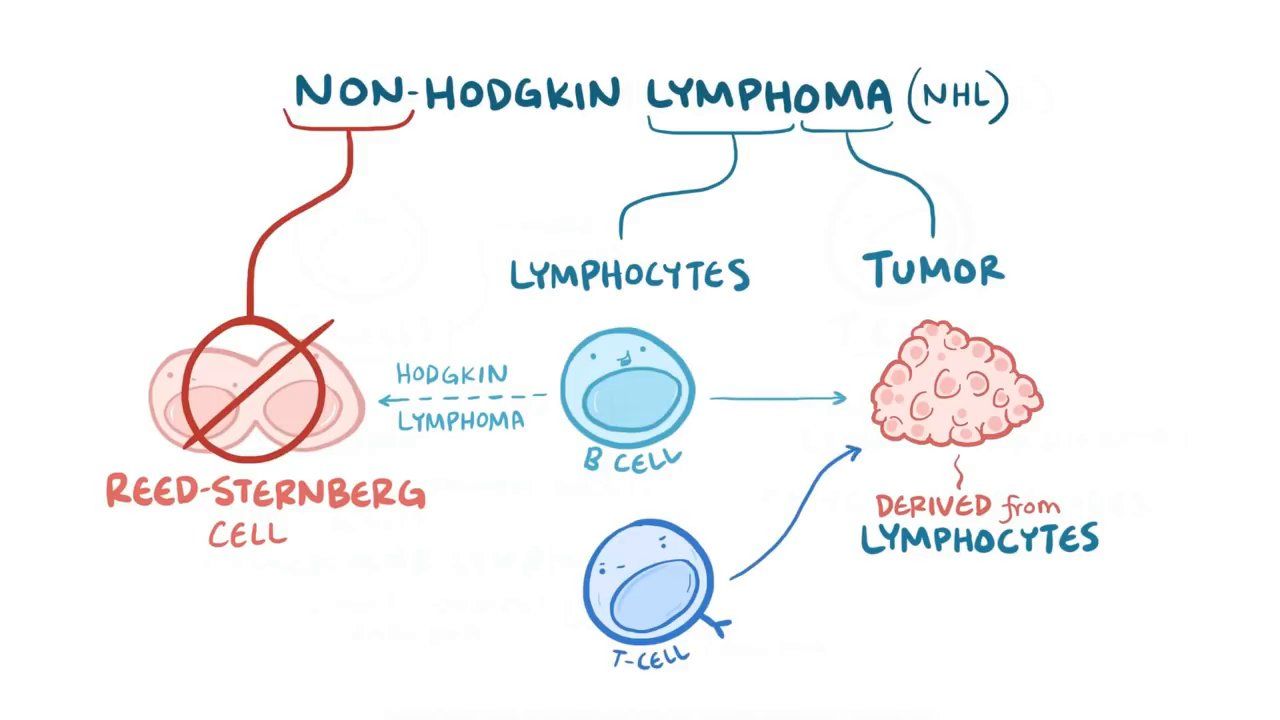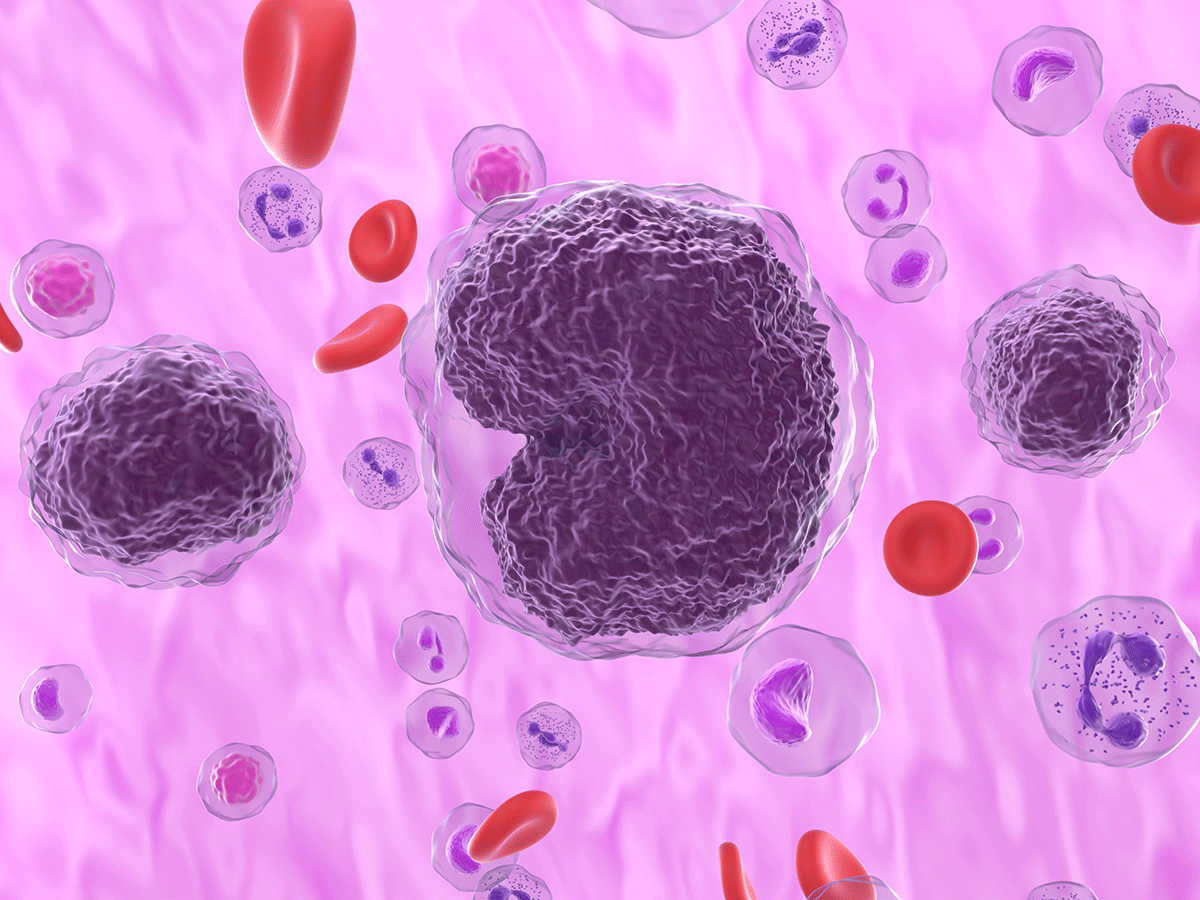
Key facts
- Non-Hodgkin lymphoma is a cancer that affects your lymphatic system, which is part of your immune system.
- There are many subtypes of non-Hodgkin lymphoma.
- Treatment options for non-Hodgkin lymphoma may include chemotherapy, radiotherapy, other medicines or a period of ‘watchful waiting’.
What is non-Hodgkin lymphoma?
Lymphoma is a cancer of the lymphatic system.
The lymphatic system is part of your immune system, which helps protect your body against infections. The lymphatic system is made up of:
- lymph vessels
- lymph — clear fluid that contains white blood cells (called lymphocytes) which help your body fight infections
- lymph nodes
Tumours caused by lymphoma usually grow in your lymph nodes. But lymphoma can also affect other organs of the body, such as your:
- spleen
- liver
- bone marrow
About 5,000 people are diagnosed with non-Hodgkin lymphoma in Australia every year. It’s more common in males than females, and in people aged over 60 years.
What are the different types of lymphoma?
The 2 main types of lymphoma are Hodgkin lymphoma and non-Hodgkin lymphoma.
Non-Hodgkin lymphoma is not a single disease. There are more than 60 sub-types, depending on which white blood cells are growing abnormally — T-cells or B-cells. The main subtypes of non-Hodgkin lymphomas are:
- T-cell lymphomas
- B-cell lymphomas
Each lymphoma subtype is different in terms of the symptoms, treatment, and expected outcome (prognosis).
How is lymphoma different from leukaemia?
Lymphoma and leukaemia are both blood cancers, affecting white blood cells. However, lymphoma usually starts in white blood cells in the lymphatic system, while leukaemia usually starts in the bone marrow.
What are the symptoms of non-Hodgkin lymphoma?
Symptoms of non-Hodgkin lymphoma can include:
- a painless swelling or lump in a lymph node — often in the neck, armpit, or groin
- fevers
- severe night sweats
- unexplained weight loss
- loss of appetite
- itchy skin
- fatigue (feeling very tired)
What causes non-Hodgkin lymphoma?
No one knows exactly what causes non-Hodgkin lymphoma.
There are a few risk factors that can increase your chance of developing non-Hodgkin lymphoma. These include:
- immunosuppression (a weakened immune system)
- a family history of lymphoma
Another risk factor is certain infections, including:
- Helicobacter pylori
- Epstein-Barr virus (EBV)
- HTLV-1 (human T-cell lymphotropic virus 1)
- hepatitis C
- human herpesvirus 8
Most people with these risk factors don’t develop lymphoma, and many people diagnosed with lymphoma don’t have any risk factors.
When should I see my doctor?
See your doctor as soon as possible if you have a lump or swelling anywhere in your body. Also see your doctor if you have symptoms that are worrying you.
How is non-Hodgkin lymphoma diagnosed?
Your doctor will ask about your symptoms and do a physical examination. This will include looking for any lumps or bumps in your neck, armpits, tummy or groin.
Biopsy
Non-Hodgkin lymphoma can only be diagnosed with a biopsy. This involves taking a sample from one or more lymph nodes. The biopsy tissue is examined under a microscope for signs of cancer.
An ultrasound scan might be done to help with the biopsy of your lymph node.
The biopsy can show the sub-type of non-Hodgkin lymphoma that you have.
Other tests
Further tests may be needed to see if the lymphoma has spread. This is called ‘staging’.
Your doctor might ask you to have blood tests and imaging tests. These might be:
- x-rays
- a CT scan
- an MRI scan
- a PET scan
In some cases, your doctor may suggest a:
- bone marrow biopsy
- lumbar puncture (sometimes called a ‘spinal tap’) to check for signs of cancer in the area around your spinal cord
Staging and grading (working out how fast the lymphoma is growing or spreading) helps your doctor design your treatment plan.
How is non-Hodgkin lymphoma treated?
Non-Hodgkin lymphoma can be treated using a combination of treatments, designed by your doctor.
The treatment plan depends on many factors, including:
- the type of lymphoma you have
- its stage and grade
- which body parts are affected
- your age
- your general health
Treatments include:
- Chemotherapy — using strong medicines to kill cancer cells.
- Radiotherapy — using radiation to kill cancer cells in a specific area.
- Targeted therapy — using medicines designed to target specific features of cancer cells. Monoclonal antibodies are one type of targeted therapy.
- Corticosteroid treatment — taking anti-inflammatory medicines called corticosteroids can help make chemotherapy more effective.
- Stem cell transplant — a treatment for people whose lymphoma has not responded to treatment or recurred (come back) after treatment.
- Watchful waiting — if your lymphoma is very slow growing, your doctor may suggest a period of ‘watchful waiting’. This means not starting treatment until there are signs that the lymphoma is growing more quickly.
Talk to your doctor for more information and advice about the benefits and risks of treatments for non-Hodgkin lymphoma.
Can non-Hodgkin lymphoma be prevented?
As no one knows exactly what causes non-Hodgkin lymphoma, it can’t be prevented. There are no screening tests for non-Hodgkin lymphoma.
What are the complications of non-Hodgkin lymphoma?
Non-Hodgkin lymphoma and its treatments can cause a range of complications. You may experience many or none of these complications.
Weakened immune system
Treatment for non-Hodgkin lymphoma may weaken your immune system. This is called ‘immunosuppression’. You may need to be extra careful to avoid people who are sick with infections. That’s because infections can be more serious for someone who’s immunosuppressed.
Some vaccines aren’t suitable for people who are immunosuppressed. Speak to your doctor before getting any vaccinations while you’re being treated for cancer.
Fertility problems
Some cancer treatments can affect your fertility. These effects can be temporary or permanent.
If you want to have children in the future, speak to your doctor about preserving your fertility before starting treatment.
Secondary cancer
Cancer treatments such as radiotherapy can increase your chance of developing another cancer in the future.
Organ damage
Chemotherapy and radiotherapy can occasionally cause long-term damage to organs such as your heart and lungs. They can also damage your nerves, causing symptoms such as tingling, numbness or pain.
